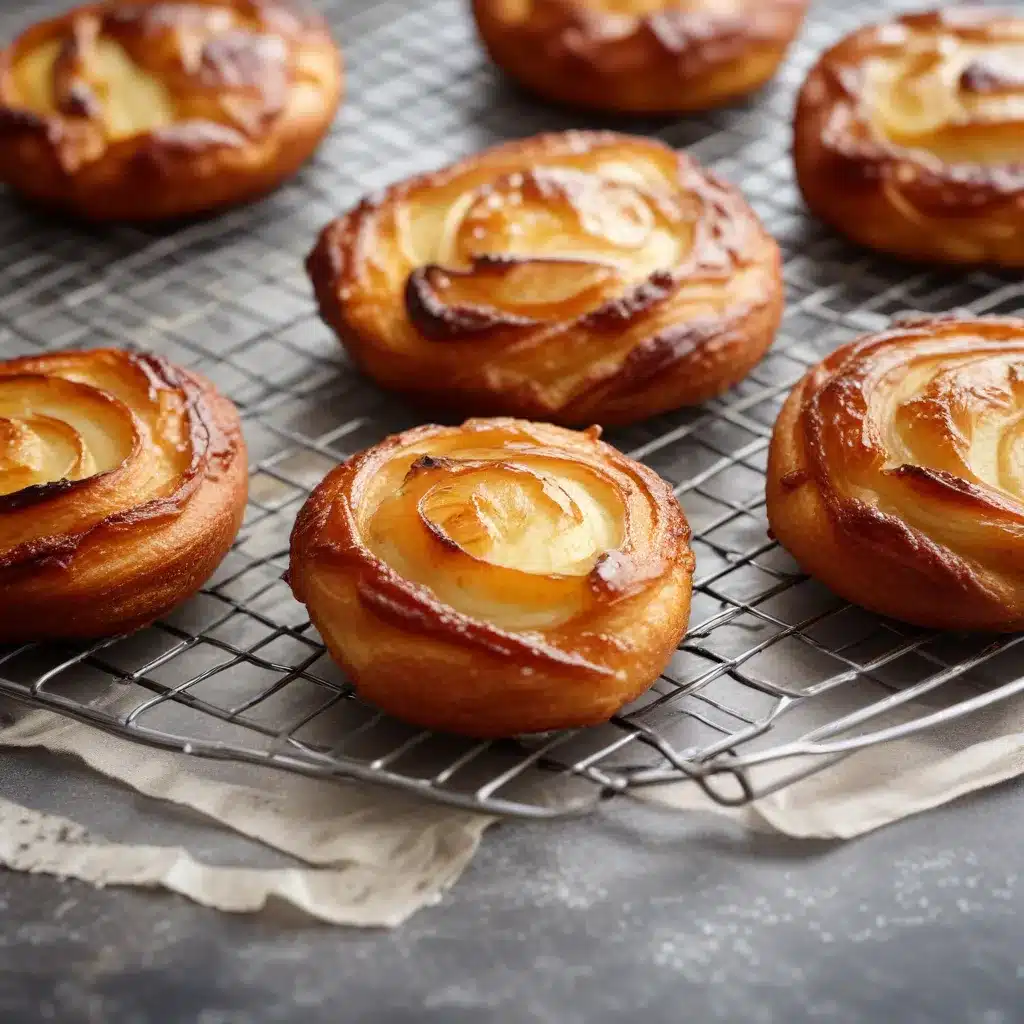
Understanding the Science Behind Caramelization
Caramelization is a fundamental culinary technique that transforms the humble onion into a flavor powerhouse. This process, though seemingly simple, is a complex interplay of science and art that can elevate any dish to new heights. As seasoned culinary professionals, let’s delve into the intricacies of caramelization and uncover the secrets to mastering this essential skill.
At its core, caramelization is the result of a series of chemical reactions that occur when sugars are exposed to heat. When onions are cooked slowly over medium-low heat, the natural sugars within them begin to break down, creating a symphony of flavors. As the onions soften and brown, the sugars caramelize, unleashing a rich, sweet, and savory essence that is unparalleled in the culinary world.
The Importance of Patience
One of the key principles to master when caramelizing onions is the importance of patience. Contrary to popular belief, this process is not one that can be rushed. In fact, attempting to hurry the caramelization process will often result in burnt, bitter onions – a far cry from the desired deep, golden-brown perfection.
As we explored in our research, the experts agree: caramelizing onions properly takes time, often upwards of an hour or more. Serious Eats notes that “caramelizing onions, even to the lesser degree I’m advocating here, takes at least an hour, sometimes two.” This slow, steady approach allows the natural sugars to gradually break down, creating that irresistible depth of flavor.
Mastering the Art of Caramelization
Choosing the Right Onions
When it comes to caramelizing onions, the type of onion you select can have a significant impact on the final result. While yellow onions are a reliable all-purpose choice, a blend of varieties can yield an even more complex and nuanced flavor profile.
As Serious Eats discovered in their testing, a mix of yellow, sweet (such as Vidalia), red onions, and shallots can produce a more well-rounded and delicious caramelized onion. Each type of onion has its own unique sugar and sulfur content, which contributes to the overall sweetness, bitterness, and complexity of the final product.
The Importance of Butter
When it comes to the fat used for caramelizing onions, butter emerges as the clear winner. Serious Eats found that “butter not only produces much more delicious caramelized onions than oil, but also kicks off the browning reactions more quickly, thanks to the propensity for the milk solids in butter to brown.”
The milk solids in butter are key to the Maillard reaction, which is responsible for the rich, savory flavors that develop during the caramelization process. Additionally, the slightly higher smoke point of butter compared to oil allows for more controlled and even browning.
Choosing the Right Cooking Vessel
The type of cooking vessel you use can also impact the success of your caramelized onions. According to the research, cast iron and carbon steel pans tend to produce the best results, as their seasoned surfaces provide a nonstick environment that keeps the sugars on the onions rather than burning on the pan.
In contrast, enameled cast iron pans can be more challenging, as the onions tend to brown the surface of the pan rather than the onions themselves, requiring frequent deglazing to prevent burning. Stainless steel pans fall somewhere in the middle, performing well but requiring a bit more attention to avoid scorching.
The Role of Humidity
One often overlooked factor in the caramelization process is the importance of humidity. As Houno explains, humidity plays a crucial role in the development of the perfect crust and crumb structure.
In a humid environment, the dough or onions will retain more moisture, allowing for a slower, more controlled rise and browning. Conversely, in drier conditions, the exterior may become overly crisp and dense, while the interior remains underdeveloped.
By understanding and controlling the humidity in your cooking environment, whether through the use of a specialized oven or careful monitoring, you can ensure consistent, professional-level caramelization every time.
Putting it All Together: Caramelized Onion Perfection
Now that we’ve explored the science and techniques behind caramelization, let’s put it all together and create a dish that showcases this incredible flavor transformation: French Onion Soup.
Serious Eats offers an exemplary recipe that perfectly balances the sweet, savory, and umami notes of caramelized onions with the richness of homemade beef or chicken stock, the nuttiness of sherry, and the melty indulgence of Gruyère cheese.
To achieve caramelized onion perfection, follow these key steps:
- Prepare the Onions: Use a blend of onion varieties, such as yellow, sweet, and red onions, to create a more complex flavor profile.
- Cook Slowly in Butter: Allow the onions to gradually caramelize over medium-low heat, taking the time (at least 1-2 hours) to coax out their natural sweetness.
- Deglaze and Simmer: After the onions have reached a rich, golden-brown color, deglaze the pan with sherry or white wine, then add stock and simmer to develop the flavors.
- Finish with Umami Accents: Enhance the depth of the soup with a splash of fish sauce and a touch of cider vinegar to balance the sweetness.
- Serve with Cheese-Topped Croutons: The melted Gruyère cheese and toasted croutons add a delightful textural contrast to the velvety, caramelized onion broth.
By mastering the art of caramelization, you’ll unlock a world of flavor possibilities that can transform any dish from good to exceptional. Whether you’re preparing a classic French Onion Soup or exploring new culinary frontiers, the keys to caramelization success lie in patience, proper technique, and a deep understanding of the science behind this remarkable process.
So, take the time to coax out the natural sweetness and complexity of onions, and let the magic of caramelization elevate your cooking to new heights. Your taste buds (and your guests) will thank you.


